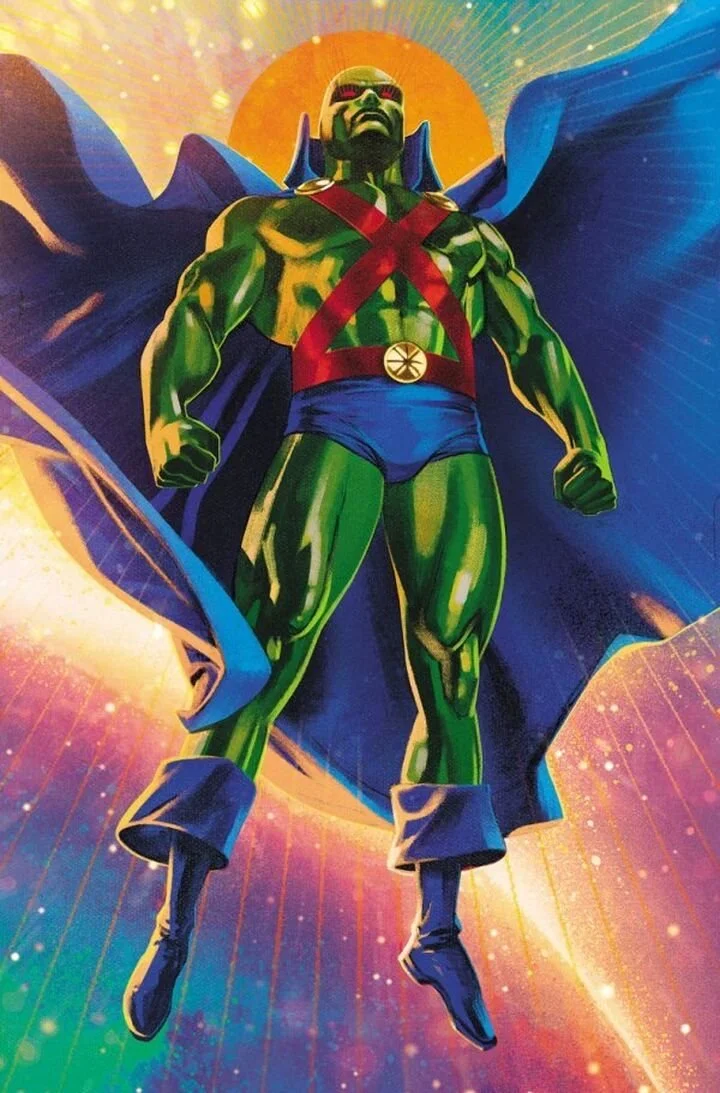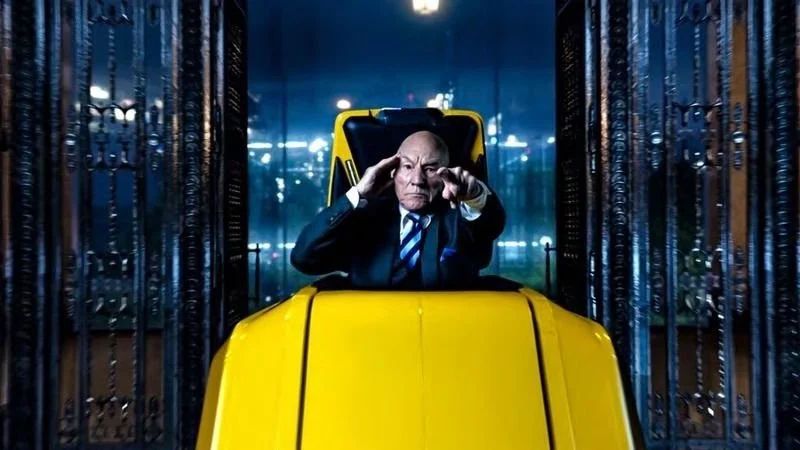Disabilities As Superpowers
Question: What do J’onn J’onzz, Professor X & Geordi La Forge all have in common?
Answer: They all have disabilities & are also highly gifted!
Image Credit: DC
Growing up, I was immersed in the fantastical worlds of superhero stories, comic books, & sci-fi shows & movies. In many instances these stories featured characters with extraordinary abilities, but what often fascinated me most were the ones who grappled with disabilities, yet still managed to shine as heroes. Characters like the Martian Manhunter, Professor X, & Geordi LaForge demonstrated that disabilities could be integrated into their identities, oftentimes even transforming them into valuable superpowers. Little did I know then that these stories were not just flights of fancy but reflections of real-life potential that I would have the opportunity to further explore after becoming disabled myself as the result of a life-altering traumatic accident.
Image Credit: Marvel
Image Credit: Paramount
In May of 2023, I had the opportunity to speak at the National Space Society’s International Space Development Conference. I shed light on an unconventional idea: disabilities can be superpowers, even in space. Historically, NASA's strict physical requirements have excluded individuals with disabilities from its astronaut program. However, a fascinating experiment in the late 1950s involving deaf individuals, known as the "Gadaullet Eleven," revealed an unexpected advantage. Their immunity to motion sickness due to inner ear impairments showcased how disabilities can offer unique strengths, and even advantages over able-bodied astronauts, in the field of space exploration.
The Power of Disability
In my research for my talk, I found very interesting information about how the plasticity of the brain allows for remarkable adaptations. When one sense is lost or absent, the brain compensates by enhancing others. This phenomenon, documented in a Stanford article, means that individuals with disabilities often develop heightened abilities in other areas. For example, blindness can lead to enhanced auditory awareness, making individuals more attuned to sounds around them.
My talk at the National Space Society’s International Space Development Conference
Harnessing Cognitive Diversity
Including individuals with disabilities in the design and planning of communities, events & environments offers invaluable insights. Our everyday experiences navigating accessibility challenges equip us with a unique perspective on designing inclusive environments. By incorporating the feedback of disabled individuals early in the design process, you can also help to avoid the need for costly retrofits later on down the line.
Pictured with Rod Pyle, Author, Editor-in-Chief, Radio Personality, Keynote Speaker for IBM, Smithsonian, NASA, BAE Defense, and others who also worked on the set of Star Trek!
Embracing the Potential
Often, disabilities are only limitations because society constructs them as such. Consider this: are disabilities inherent flaws, or products of an environment designed without diverse needs in mind? Reframing our perspective unveils new possibilities. Just as the deaf individuals in NASA’s experiments flourished in adverse conditions, our disabilities can propel us to creative solutions and inclusive designs.
Instead of viewing disabilities as limitations, why not explore how they can be utilized as superpowers? By harnessing the unique strengths that individuals with disabilities bring to the table, we can enhance the efficiency & inclusivity of the ways in which our world functions. Including disabled persons in these vital conversations not only expands our possibilities, but also fosters a more diverse and equitable future for all.
Conclusion
The examples I’ve shared here offer just a glimpse into the potential of disabilities as superpowers. Disabilities are not hindrances; they are superpowers awaiting discovery. By embracing the experience & expertise of those with disabilities, we can create a vibrant future that is truly accessible to all. As Professor X once said, "You have the chance to become part of something much bigger than yourself." Let's seize that opportunity and pave the way for a more inclusive journey into the future.
Pictured at my talk at the National Space Society’s International Space Development Conference
Sources
1. Stanford University School of Medicine. "Supersensors: How Loss of One Sense Impacts Others."
2. NASA. "How 11 Deaf Men Helped Shape NASA's Human Spaceflight Program."
3. Center for Universal Design. North Carolina State University.
4. Povinelli, Elizabeth. "The Case for Disabled Astronauts." Scientific American.
5. Astro Access. "About."
©2024 Cazoshay Marie. All rights reserved. Unauthorized use and/or duplication of this material without express and written permission from this blog’s author and/or owner is strictly prohibited. Excerpts and links may be used, provided that full and clear credit is given to Cazoshay Marie with appropriate and specific direction to the original content.
D.I.D. with Cazoshay and its materials are not intended to treat, diagnose, cure or prevent any disease. All material on this blog is provided for educational purposes only. Always seek the advice of your physician or another qualified healthcare provider for any questions you have regarding a medical condition, and before undertaking any diet, exercise or other health related program.














